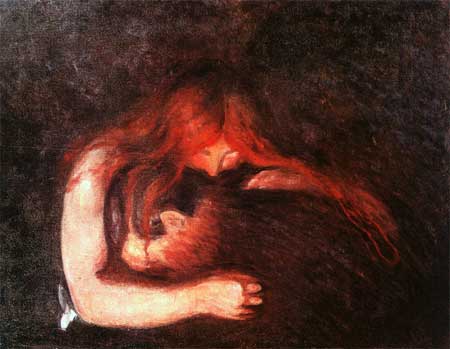
One of the most frequently asked questions I receive is on the nature of vampires and if they are ‘real.’ So without ambiguity, let me assure you that those immortal, undead corpses with fangs that feed on their victims’ blood to sustain their life force are NOT real. You aren’t going to come across one on the web. No one is going to be able to ‘turn’ you. You will never gain those superhuman abilities that Angel and Spike have. And I will caution you that anyone who claims to be a real vampire as in the undead kind, is LYING or still in roleplay mode and responding in character.
(Now, granted, you could appeal to the argument of skepticism here and argue that we can never know that anything is real or not real, but that’s a different argument altogether…)
What is a Vampire?
Whenever people talk of vampires, it’s difficult to know exactly what they mean because the ‘vampire’ has transformed from the stalking, undead minion of fear to the romanticized (and usually erotic) tragic character of modern American culture.
Older traditions of vampires usually describe some type of victim that died of unnatural causes such suicide or a person that died of a lingering disease such as tuberculosis. A person that was excommunicated from the Church also had the potential to become a vampire.
Occasionally, the townspeople would dig up the corpse to find that the corpse’s body had not decayed – the skin still had a healthy-looking complexion, the hair and fingernails appear to have grown, blood appeared when the skin was cut. If the corpse was staked, sometimes it sounded as if the corpse was screaming out in pain.
As you can imagine, this sparked immediate suspicion and fear – how could a corpse have fresh blood and sustaining life if it wasn’t getting that type of life energy from somewhere? Their most likely explanation was that it rose from its grave at night and sucked the blood of the living.
Buried Alive?
Of course, the other more likely explanation was that the corpse wasn’t dead, but buried prematurely. We take for granted our society’s advances in medical technology, but back in the 18th and 19th centuries, there was a disease known as catalepsy, whereby the person looked as if he was dead. He might even be buried before he reawakened.
You can imagine that one or two of these premature burials come back to life would reaffirm the belief in vampirism, particularly to the superstitious townsmen. (And being buried alive was apparently more common that you might think. If you look at coffin designs even from the 18th centuries, they would include wires with bells attached so if some poor soul happened to wake up and find himself buried alive, he could just ring the bell and one of the cemetery workers would dig him out.)
Corpse Decomposition
Other explanations have been offered for healthy looking corpses, from some type of preservative in the soil in which they were buried to an unusual lack of air or moisture to speed up the decaying process. Maybe air trapped in the corpse’s body was released suddenly when the stake penetrated it, thus giving the perception that the corpse was screaming out in pain.
And it’s probable that those that did dig up the bodies did not have extensive knowledge of corpse decomposition and were not aware of the decomposition rate of a typical corpse and so they created these stories to account for what they did not understand.
Vampire Folklore
So what were traditional characteristics of vampires? Well, it depends on which folklore you want to study. To some, the vampire was the corpse of a deceased human who returned from the grave to suck the blood of the living to sustain its own life. To others, vampires were demonic creatures that fed on or had some affinity towards blood. They have had some kind of incubus/succubus characteristics as well.
Other characteristics include sleeping during the day. Their skin is always cold. They have supernatural powers such as strength, flying ability, speed, or they can change into animals like bats or wolves. They have aversions to garlic, sunlight, holy relics and such. They may be killed by fire, sunlight, decapitation, stake through the heart, etc.


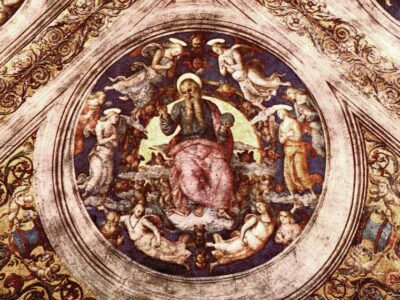
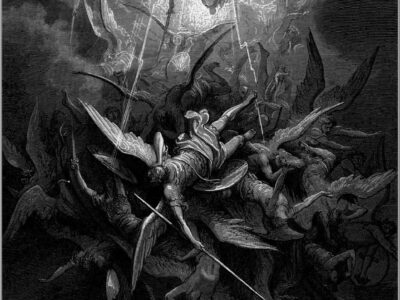
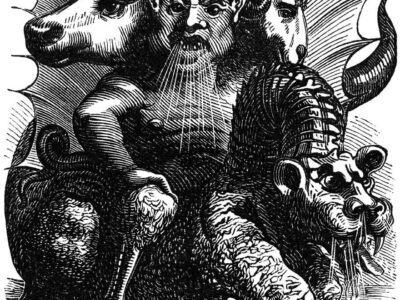
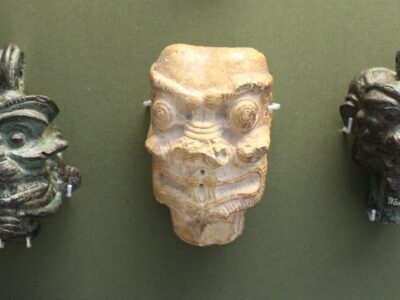
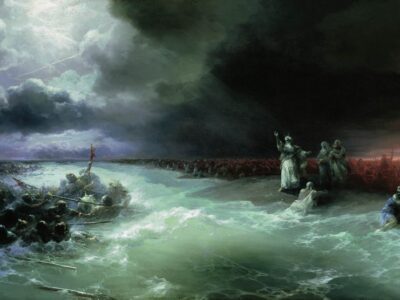
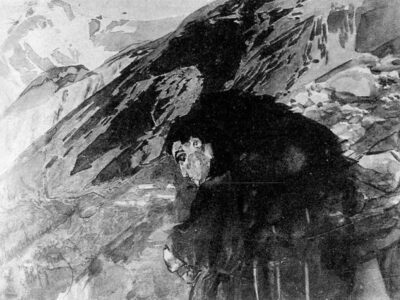
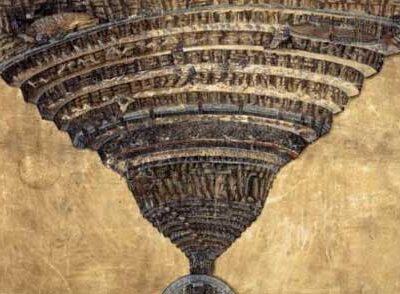
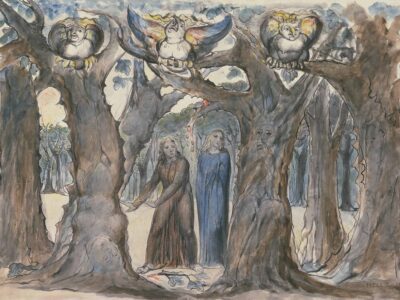
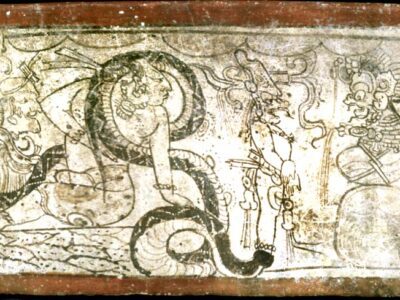
 King Solomon the Magician
King Solomon the Magician